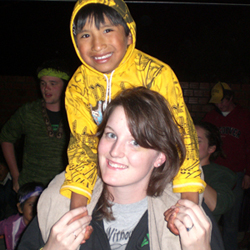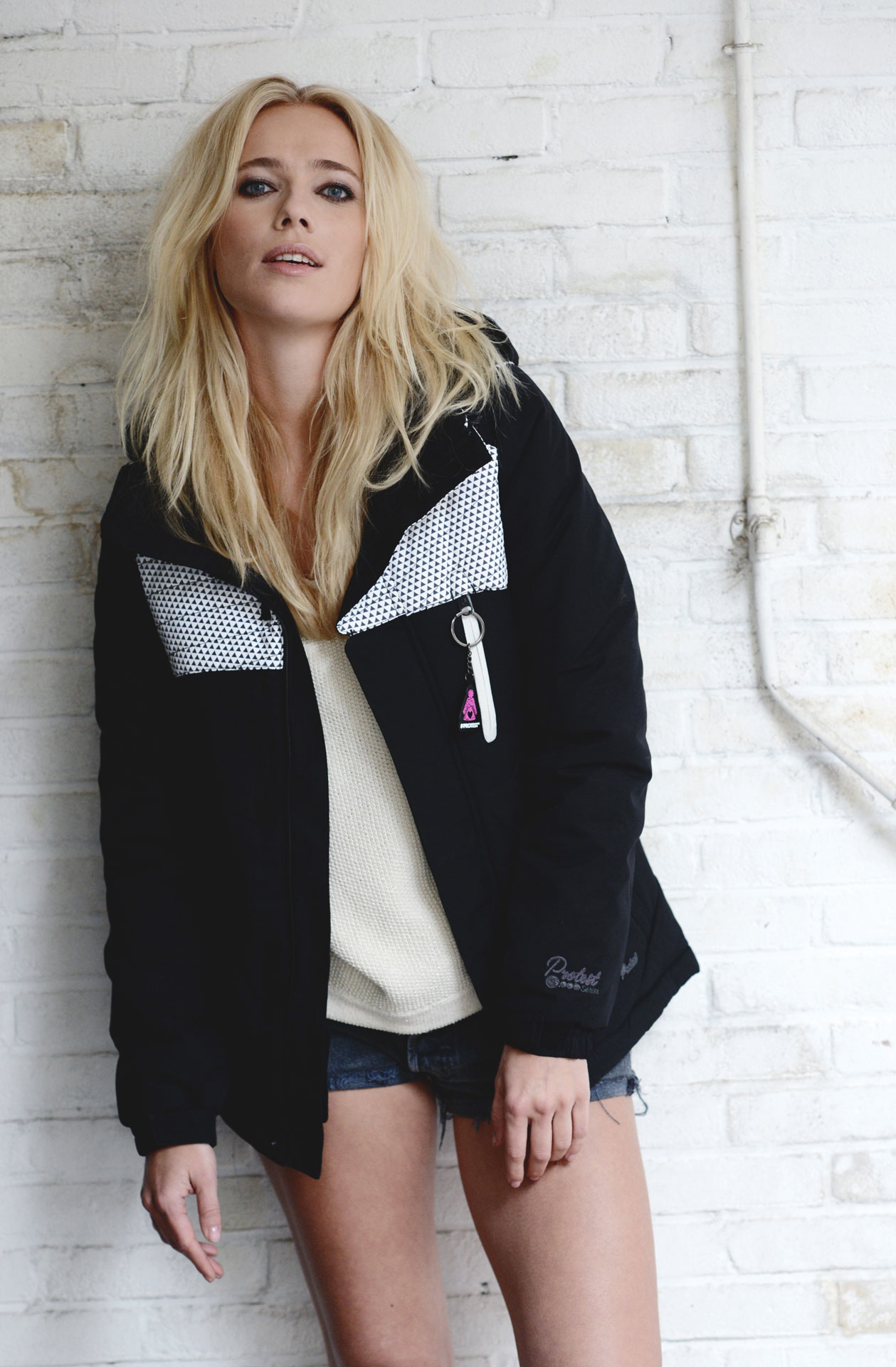
This post originally appeared on the InSync Training blog, “ Body Language in the Bandwidth.MaInSync Training, LLC, the leading provider of blended learning and virtual training design and delivery, is proud to announce that Jennifer Hofmann's groundbreaking new book, Blended Learning, was recently published and is now available. It provides an at-a-glance framework of where you are and what you need to create a successful program. This Interactivity Plan is a working document that will evolve with your project planning. It’s a place that indicates that a flag or follow-up is needed.

Production Notes: “Where are we going to get the photos?” “Do we need a plug-in for sound?” “Maryellen will be responsible for the participant guide.” These are examples of what you might place in your production notes column. This column is the start of your instructor guide. The script identifies what the instructor needs to say. Do they need a calculator? PowerPoint slides? Case studies? Identify these items now so they don’t get lost in the process.Ĭhoreography / Script: The choreography column identifies what the instructor needs to do (launch whiteboard, advance slide, and so forth). Supporting Participant Materials: As you are designing each activity, you should make a note about what participants need in front of them – not on the screen – to be successful. This is a takeoff point for the storyboarding process. You can also take notes about what fonts and colors you’ll use. For example, you’d note here whether the instructional media is a Flash animation or a PowerPoint slide. Screen Design / Additional Media Notes: These columns describe the eventual presentation in a text-based format. Instructional Method: Are you using an interactive whiteboard exercise? A polling question? Lecture? The instructional method column identifies the "how.” An example could be, “To provide participants a definition of the nervous system.” When a topic is repeated multiple times, the step objective really comes in handy. Step Objective: The step objective provides the point of the current activity. In the case of our anatomy class, we might reference a textbook by indicating “Gray’s Anatomy. It allows the team to cross-reference content easily. The topic may be repeated for multiple steps.Ĭontent Reference: This column is especially helpful if you’re designing a course using an existing set of materials. For example, if you’re teaching general anatomy, “Nervous System” might be an appropriate topic. Topic: This column represents the general content area you’re covering during each step. You should decide up front which way of tracking time would provide the most value to your project.

For example, introductions might be Step 5, and it might take 10 minutes to accomplish. Tracking time this way provides cues to the instructor that he or she is on track, and tells the stage director what he or she should expect during the next time block. For instance, at Step 23, you should be 45 minutes into the program. Time Reference: There are two ways to track time. It’s helpful for everyone involved because you can refer to a specific step when reviewing the design document. This identifies the point in the process. Step: The step column looks for a number (1,2,3…).

The following details each component of the table. This is a large table (I use legal-size paper to print), but it can be a great design template for your team. One method is to create an Interactivity Plan, a table that contains the following columns: It can be a challenge to create a plan that meets the needs of all these individuals. If you’re using a stage director to manage the live event, the person needs to know the big picture and have “stage directions” that are clear and concise.The participants, who need materials that complement the training program, and resources to extend beyond the individual session.The instructor, who needs to have a script and understand how the technology is being used in context with the content.The media producer, who needs to understand the context of the media he or she is producing.



 0 kommentar(er)
0 kommentar(er)
